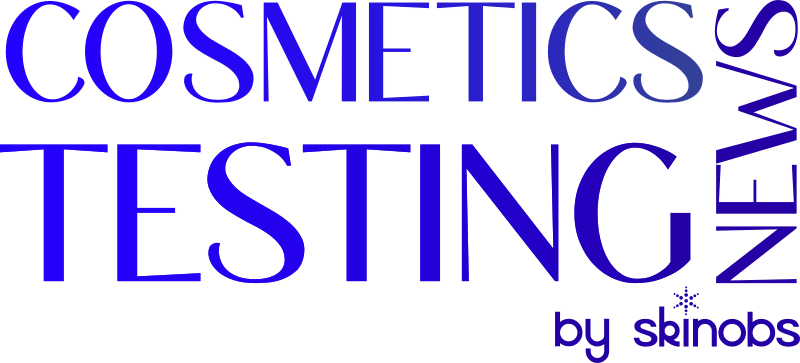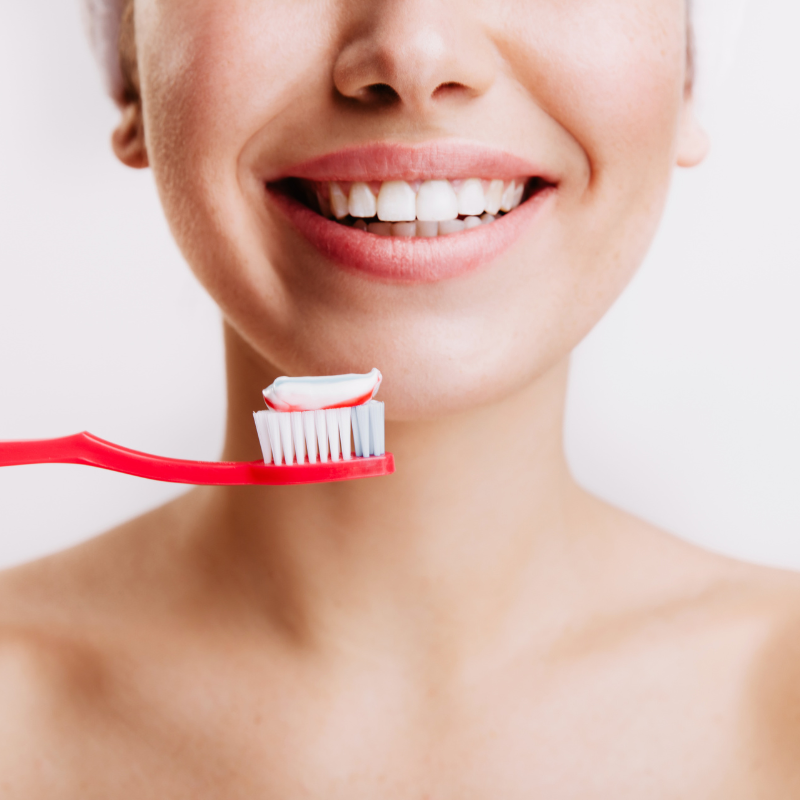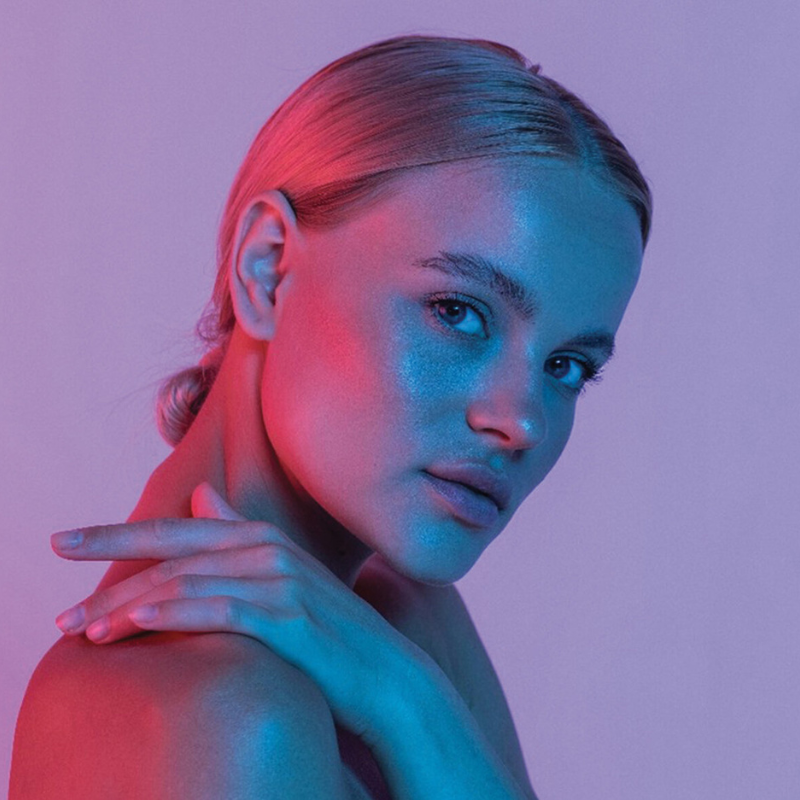Brands communication is always on the lookout for new techniques for highlighting anti-wrinkle results. As soft as it may be, human skin is not a flat surface, it has a relief, which is organized in a relatively uniform way into a system of wide and deep primary furrows and transverse secondary more superficial fine lines. The function of this network is first, to allow a protective mechanical extension in the direction of the stresses on the skin but also to help both the diffusion and the retention of sebum and sweat. The skin of the face is a complex relief, with a combination of micro and macro relief, resulting from structural changes in the epidermis, dermis and hypodermis with age.
This macro relief is composed of fine lines (0.2 – 1 mm), wrinkles (> 1 mm) particularly on the forehead (glabella wrinkle), crow’s feet, even later the cheeks and folds.
Due to the difference of magnitudes (μm to mm), these reliefs must be quantified in different ways. The measurements of the skin profilometry are a sort of skin mapping of the peaks and valleys. Naturally, this claim substantiation brings back to the objective analysis of the skin surface and finally to the roughness and the wrinkles measurements.
The several lines, folds or creases zones of the face and the neck can be defined as anatomic reference points for assessment of wrinkle depth.
There are about eleven areas for static (at rest) or dynamic wrinkles: horizontal forehead, glabellar frown, periorbital, preauricular, cheeks, nasolabial; upper radial lips, lower radial lips, corners of the mouth, marionette, labiomenta, horizontal neck.
Generally, the common target is the crows foot area around the eye.
What claim can be supported?
Reduce lines, erase wrinkles, diminish creases or decrease folds with short- or long-term effect. It may concern skin care and make-up with biological performance or optical and soft-focus effects Important is to define.
Except the indirect methods analyzing the print by profilometry, and the consumer tests, here are the main direct methods available today?
– Scores and grades: there are more than 5 existing scales (0 to 5 or 0 to 9) to quantify the number and depth and qualify the appearance of wrinkles. The evaluation can be performed by an evaluator and the subjects and used for the preinclusion of the subjects. The objectivity of the method is mainly due to the photography documentation and the correlated grades. The famous one is the Roland Bazin and Eric Doublet Atlas of the cutaneous ageing with 6 to 8 grades and 8 types of wrinkles.
– Standardized photography provides global information as well as objective support and traceability.
It has evolved a lot in recent years and today image capture systems and dedicated software are available. Filters (parallel polarization) can enhance the visibility of the skin relief.
Devices available: Antera 3D [Miravex], C-Cube [Pixience], NeoVoir II [C-Lab], TIVI 90 [Wheelsbridge], VisiaCR [Canfield], VisioFace [C+K],
– shadow and gray level analysis: acquisition by photography or videomicroscopy. Several parameters of the wrinkles are calculated such as the total surface, the number, the total and average length, the average depth, the distribution of the wrinkles per class. Devices available: VisioScan [C+K]
– 3D fringe projection analysis: several parameters of surface roughness including: Rt, Ra, Rmax, Rz, Nr, Sn, Lo, Wt and also morphological parameters : surface, volume, maximal or average depth of the wrinkles.
Devices available: AEVA-HE 110, Dermatop-HE [Eotech], Primos [Canfield],
– 3D images and data modeling: this technology represents the new trends of wrinkles analysis with the opportunity of 3D reconstructed images and average images.
Devices available: ColorFace [Newtone Technologies]
All these direct methods must be implemented under standardized conditions: air-conditioned room, homogenous and stable lighting, banks for the repositioning, no expression of the face…
How can we detail what are the main challenges of this evaluation?
The repositioning with the exact position and face expression is maybe the first one, the size of the measure range, the accuracy of the devices, the duration of the analysis, the contactless devices, the inclusion of the subjects.
As for other claims, the wrinkle evaluation is dependent of the ethnic origin. At the latest Jean-Paul Marty Days, Pr Paul Matts, P&G, gave a very interesting presentation about the relativity of the number and the depth of wrinkles in different ethnic groups. Hopefully, there is no unique method considered as gold standard. It’s a multi-criterion choice including marketing needs and scientific objectivation.
Upload the full article :Anti-wrinkles 04.2019 Industries Cosmétiques
Retrieve all the testing expertise on Skinobs.com,






